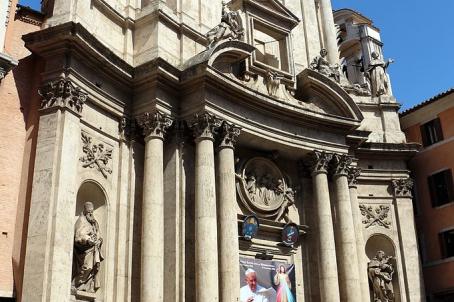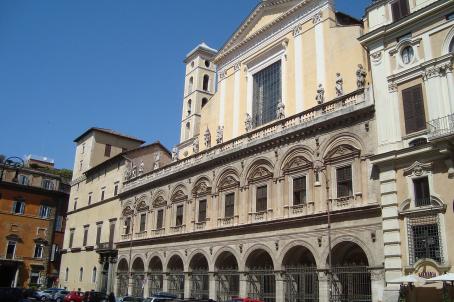Chiesa di Santa Maria dell'Umiltà
The church of Santa Maria dell'Umiltà was built in the first half of the 17th century and was commissioned by the daughter of Catherine de Medici, Francesca Baglioni, widow of Francesco Orsini. In 1703 the façade was rebuilt by Carlo Fontana. It was then rebuilt in 1859 by Andrea Busiri Vici, the main architect of the Vatican. After the unification of Italy, the church and convent were entrusted to the Congregation Propaganda Fide, which transformed the convent into a boarding school for theology students from North America. Today it is still the seat of the Pontifical North American College.






